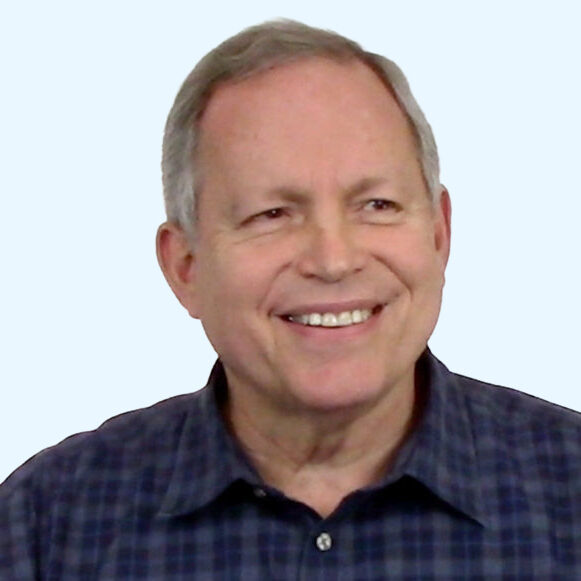Many years ago, when I was a freshman medical student, I was approached by a good friend, who was a hog farmer. He told me that one of his pigs was suffering from an umbilical hernia, a common problem in young pigs. The intestines—of hogs and humans—are held inside the body by the muscles and surrounding tissues of the belly, commonly called the abdominal wall. When there is a weakness in that wall, the intestines push out through the weakness to the space under the skin. Unfortunately, the muscles often contract and pinch the intestinal blood vessels at the spot where they "leak" through the wall and cause the death of the intestines and the animal.
My friend told me that the local veterinarian was out of town, so he asked if I would be willing to operate on his pig. Now, I like a good adventure more than most, but I had just begun learning human anatomy, and I hadn't seen a single surgical procedure. I protested that I wasn't equipped to help, but my friend said that if I didn't at least try, the pig would die. So, I figured that if I knew basic anatomy, all I had to do was repair any abnormality I saw. Besides, I had nothing to lose, since the pig would die otherwise. Naively, I agreed, knowing nothing about pig anatomy or even the proper sutures to use for the operation.
I went to the hospital, "borrowed" some equipment, and went to the pig farm. We didn't have an operating table, so we strapped the four legs of the pig to a barn door we'd laid on two saw horses. I'd brought some intravenous anesthetic, assuming I would find a vein in one of the pig's forelegs, much as we do in people. But I couldn't find a vein anywhere, so without anesthesia I operated as quickly as I could, with that pig making a volume of noise I would not have thought possible. I finally understood the expression, "squealed like a pig." I later learned that the accessible veins in a pig are found in the ears. Who knew?
I got all the intestines back into the peritoneal cavity—where they belong—and I was feeling pretty proud, but just then the pig squealed especially loudly, pushing down very hard with his diaphragm on his abdomen, and all the sutures broke, with intestines spilling everywhere. Very disheartened, I began again, using thicker suture and taking larger bites of the abdominal wall with each pass of the needle. I sewed the abdominal wall and then the overlying skin, the entire procedure taking place in a filthy barn out in the middle of nowhere.
The pig lived, and was named after me. I wasn't sure quite how to feel about the latter.
All our lives we're called upon to handle situations—especially in relationships with other people—that we believe to be far above our abilities. We need to be more understanding, more accepting, more forgiving, more knowledgeable, and more loving than we are, and it's only natural that we tend to shake our heads and avoid these opportunities where we seem certain to fail.
But taking such risks is how we grow. All we can do is the best we can with what we have. It might not be perfect. You might not get a pig named after you—we can't all be genuine heroes, you know—but try your best anyway. It will be good enough. If the result is an apparent failure, think it over. Now you know more than you did, you've gained experience and courage, and you'll do better next time.

